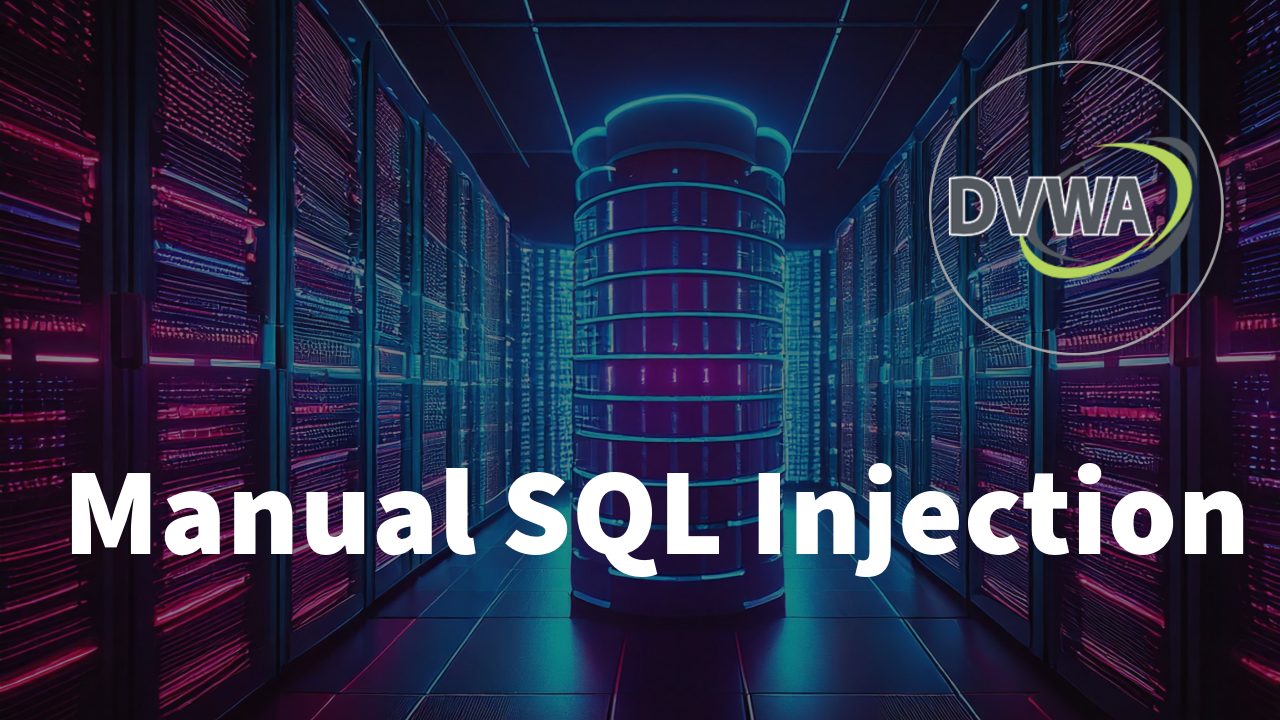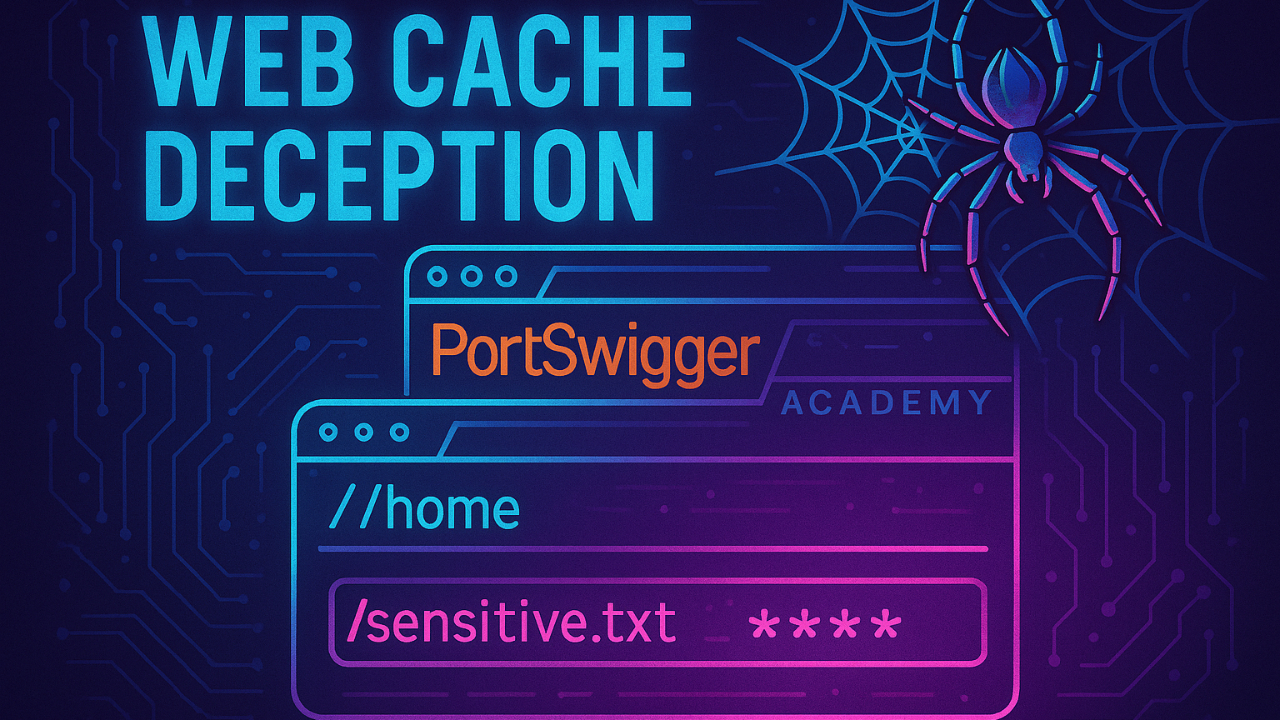
Ultimate Guide to Manual SQL Injection Testing | DVWA Training
This post is a tutorial focused on explaining SQL Injection (SQLi) attacks using manual methods without relying on automated tools. The demonstration is conducted on the Damn Vulnerable Web Application (DVWA) running on Metasploitable 2 Linux. The tutorial provides an in-depth guide on identifying and exploiting SQL injection vulnerabilities step-by-step.
[epcl_button label=”OSCP Study Notes” url=”https://www.buymeacoffee.com/notescatalog/e/165578″ type=”gradient” color=”purple” size=”regular” icon=”” target=”_blank” rel=”dofollow”][/epcl_button]
[epcl_button label=”Offensive Security Web Assessor (OSWA) Study Notes” url=”https://www.buymeacoffee.com/notescatalog/e/356317″ type=”gradient” color=”purple” size=”regular” icon=”” target=”_blank” rel=”dofollow”][/epcl_button]
Introduction to SQL Injection
- SQL Injection allows attackers to manipulate database queries by inserting malicious input.
- Common targets include login forms, search boxes, and any input fields interacting with databases.
Difference Between Manual and Automated Testing
- Automated Testing is more efficient for large-scale assessments across many targets.
- Manual Testing is preferred for detailed examination of one or two targets.
Initial Testing for SQL Injection
- Entering simple input like
1in a vulnerable input box reveals database entries, indicating how SQL queries are constructed. - The backend query resembles:
SELECT * FROM users WHERE id = 1;
- Changing the input value reveals different records, confirming data retrieval from a database.
Error-Based SQL Injection Detection
- Inserting a single quote (
') into input fields triggers a syntax error, confirming SQL query manipulation. - Error messages often reveal the database type (e.g., MySQL, MariaDB), aiding attackers.
Basic SQL Injection Exploit
- Injecting payloads like:
' OR 0=0 --
- manipulates the query logic, making conditions always true, thus retrieving all data from the database.
Understanding the Injection Logic
- The injected query might look like:
SELECT * FROM users WHERE username = '' OR 0=0 -- ';
- The
OR 0=0condition always evaluates to true, bypassing authentication and granting access.
Using Comments to Bypass Queries
- The
--(double dash) symbol is used to comment out the rest of the SQL query, preventing errors from unclosed statements.
Advanced SQL Injection: UNION-Based Injection
UNION SELECTallows attackers to combine results from multiple queries.
Example:
' UNION SELECT null, version(), user() --
- This retrieves the database version, current user, and other sensitive information.
Enumerating Database Information
- Accessing the
information_schemadatabase allows listing tables and columns.
Example:
' UNION SELECT table_name, null FROM information_schema.tables --
- This helps attackers map the database structure.
Escalation and Further Exploitation
- After identifying vulnerabilities, attackers can escalate privileges, potentially leading to command execution or full system compromise.
- Knowing the current directory and user privileges helps in advancing the attack.
Conclusion and Recommendations
- Input Validation: Applications must properly validate and sanitize user inputs to prevent SQL injection.
- Parameterized Queries: Developers should use prepared statements and parameterized queries to avoid direct insertion of user input into SQL queries.
- Error Handling: Error messages should be generic to avoid leaking database information.
- Least Privilege Principle: Database accounts should have the minimal required permissions.




























Post Comment